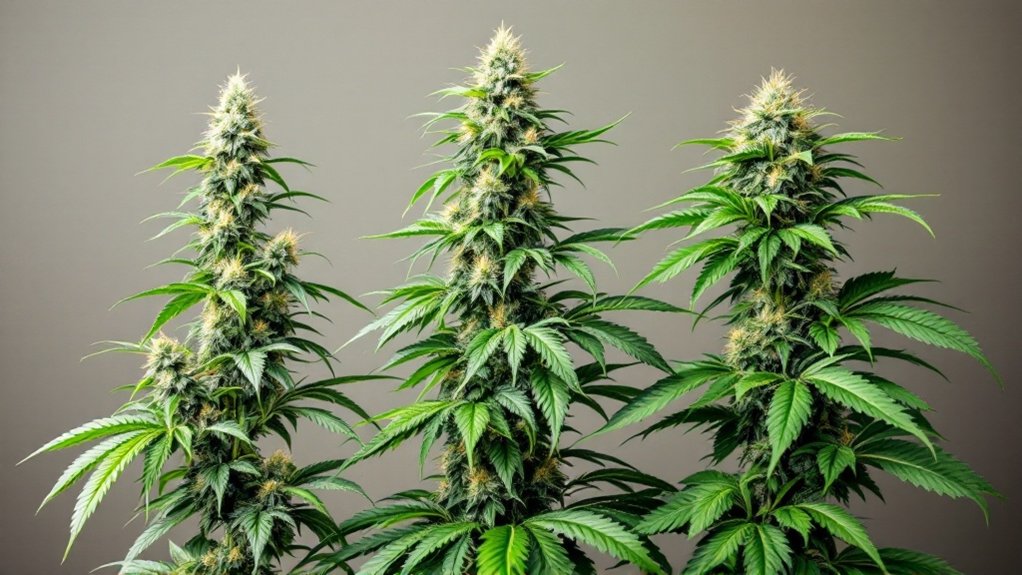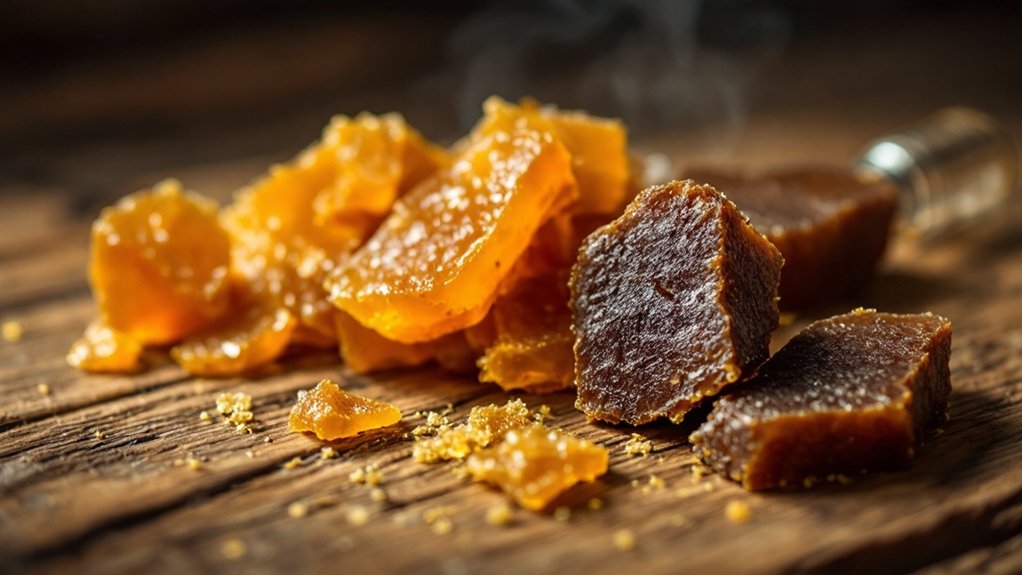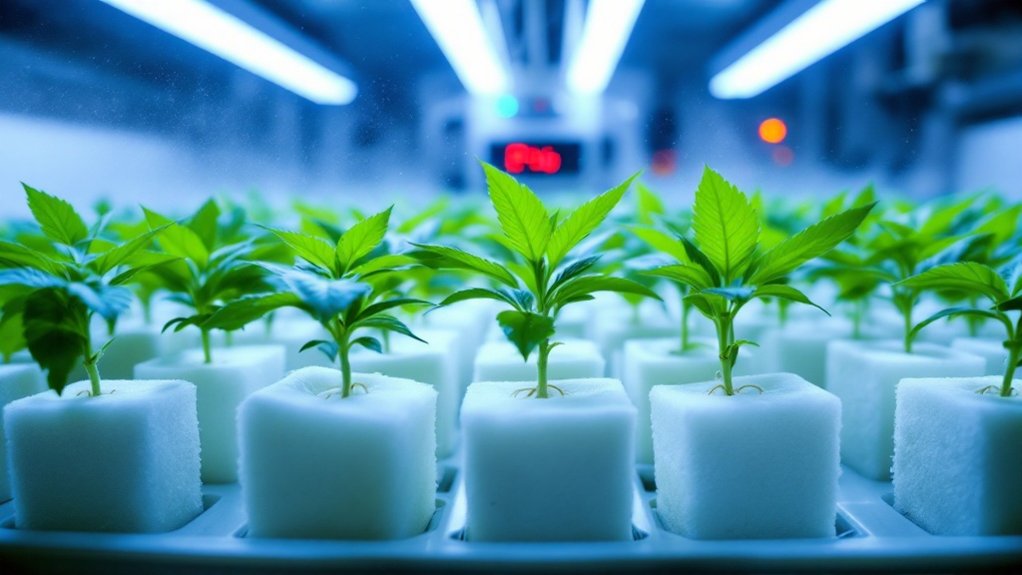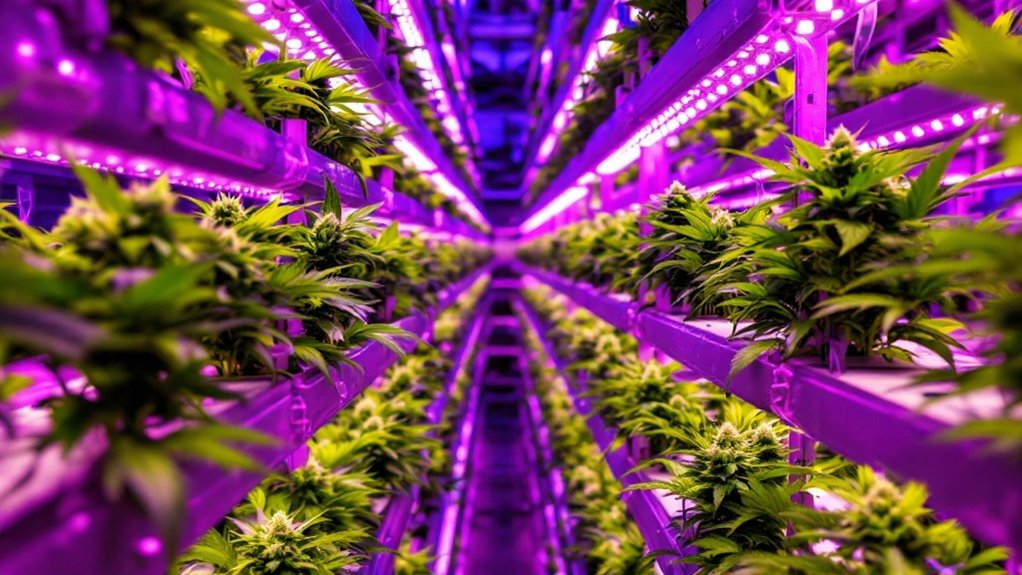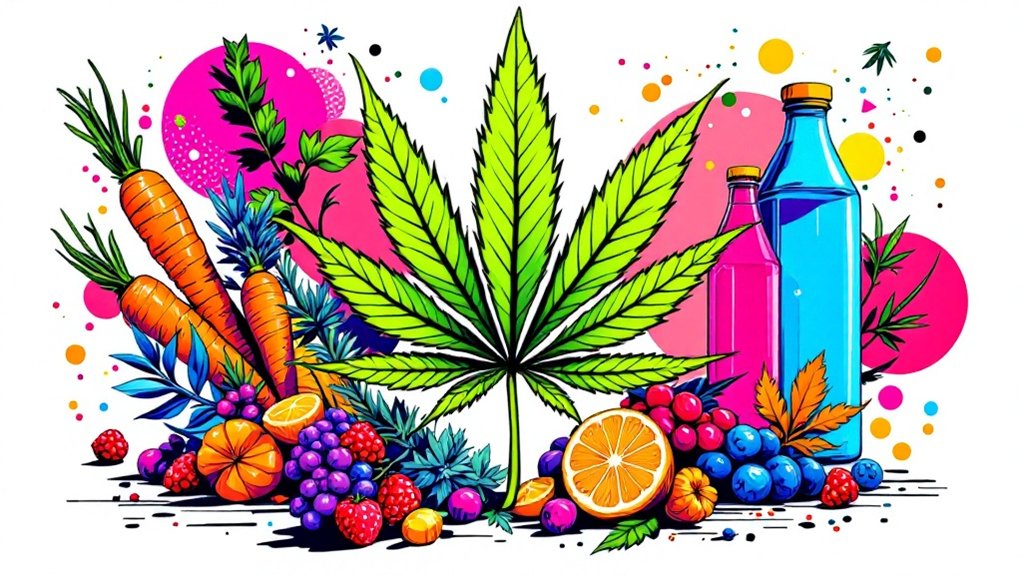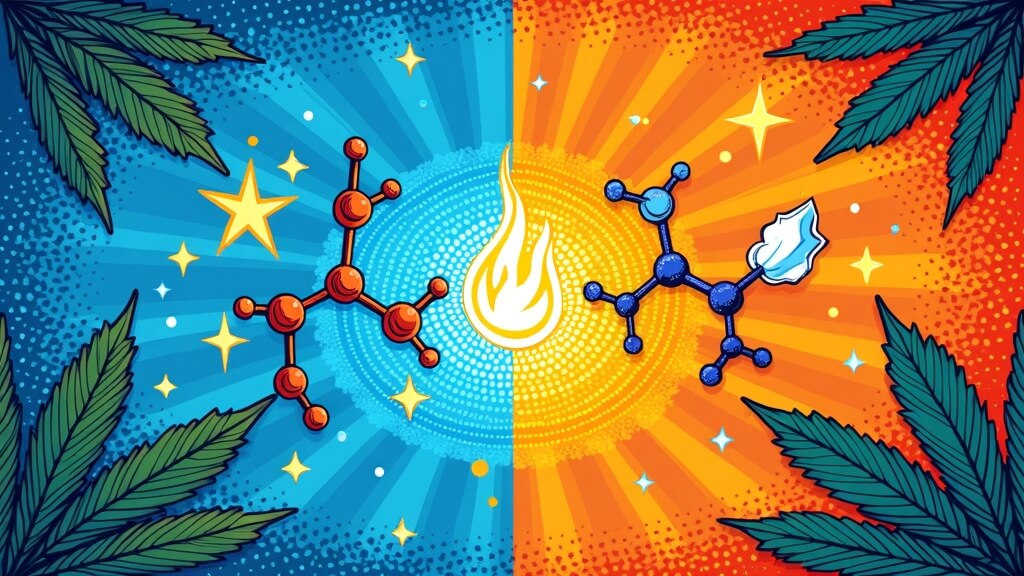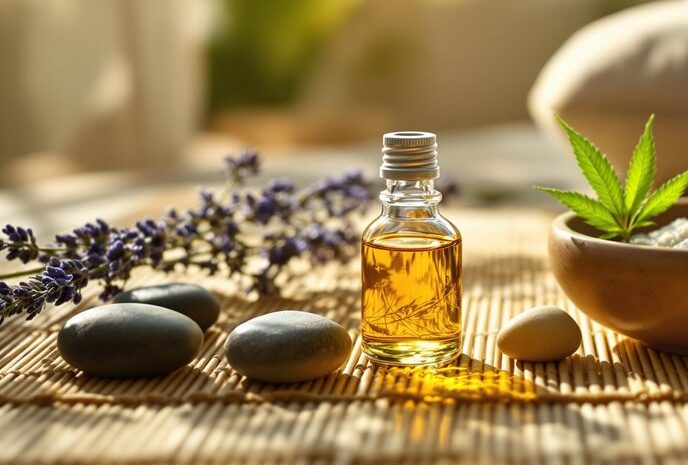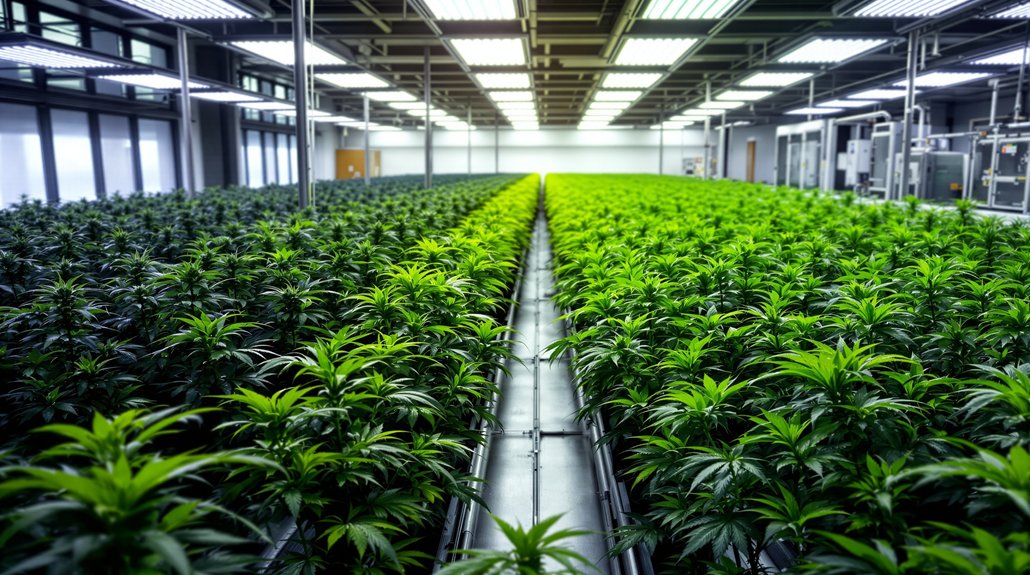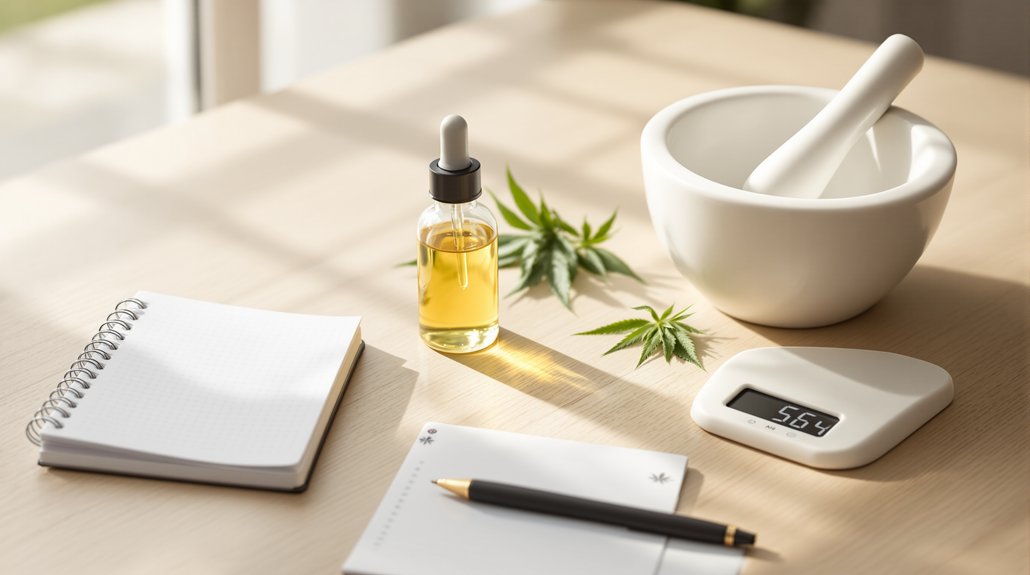Cannabis phenotypes are the visible expressions of a plant’s genetic potential when exposed to specific environments. Think blueprint versus actual building. Identical genetics can yield wildly different characteristics – tall sativa structures with narrow leaves versus squat indica forms with broad foliage. Aromas range from fruity to downright skunky. With over 700 named strains, phenotypic diversity is virtually limitless. That “Blue Dream” you loved last month? Might hit completely differently next time.
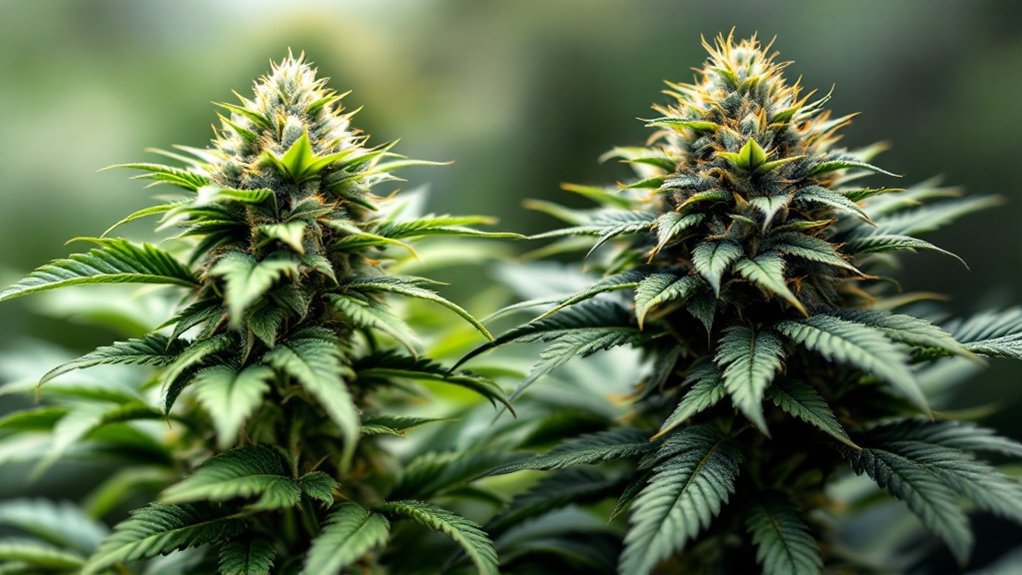
Nature versus nurture. It’s the age-old debate that extends beyond human development into the world of cannabis cultivation. Cannabis phenotypes – the physical expressions of a plant’s genetic potential sit squarely at this intersection. They’re what you see, smell, and ultimately experience when consuming cannabis. And they matter. A lot.
Think of genotype as a blueprint and phenotype as the finished building. Same architectural plans, different contractors and materials? Different results. Cannabis plants with identical genetics can develop dramatically different characteristics based on their growing conditions. Light, temperature, and humidity all leave their mark.
The differences can be striking. Sativa phenotypes reach for the sky with narrow fingers of leaves grasping for light, while indica phenotypes stay compact with broad, chunky foliage. Hybrids? They’re genetic mash-ups showing traits from both parent lines. The variation doesn’t stop at appearance either.
Aromas range from fruity to skunky, even within the same strain. This isn’t random, it’s phenotypic expression of terpene genes. Potency varies too. Some phenotypes produce trichomes like they’re going out of style; others are more conservative with their resin production. With over 700 named strains currently identified, the potential for phenotypic diversity is virtually limitless.
For breeders, phenotype hunting is like panning for gold. They’ll germinate dozens of seeds looking for that one exceptional expression – higher yields, unique flavors, or resistance to pests. When they find it, they clone it. Repeatedly. The process of phenotypic selection is crucial for maintaining consistency in commercial cannabis production.
This variability explains why the “Blue Dream” you tried last year hits differently than the one you bought last week. Different phenotypes, different experiences.
Consumers chasing consistency have learned this lesson the hard way. The cannabis industry’s dirty little secret? Strain names often mean nothing. It’s phenotypes that determine whether you’re melting into your couch or cleaning your entire apartment at midnight.
Understanding phenotypes isn’t just for cultivators and connoisseurs, it’s essential knowledge for anyone hoping to predict their cannabis experience with any accuracy. Nature provides the potential. Environment decides what actually shows up. A single pack of feminized hybrid seeds can produce multiple distinct phenotype categories, ranging from tall sativa-dominant plants to shorter, indica-leaning varieties.
Frequently Asked Questions
How Do Environmental Factors Affect Cannabis Phenotype Expression?
Environmental factors dramatically shape cannabis phenotype expression.
Light quantity and spectrum influence everything from plant height to cannabinoid profiles. Temperature extremes? They can trigger purple coloration or stress responses.
Humidity levels affect resin production and disease susceptibility. Even identical genetics display wildly different traits when nutrients vary.
Soil composition matters too.
Same genetics, different grow rooms – completely different results.
Mother Nature doesn’t just suggest. She dictates.
Can Phenotypes Change During a Plant’s Growth Cycle?
Cannabis phenotypes absolutely change throughout growth cycles.
Young seedlings show basic traits, then the real drama unfolds.
Vegetative stage brings distinctive leaf patterns and structure.
Flowering? That’s when the show gets interesting. Colors intensify, terpene profiles develop, and resin production kicks into overdrive.
Temperature shifts can trigger purple hues overnight.
Some traits remain dormant until specific environmental triggers or developmental stages arrive.
Nature’s timing is impressive.
Are Certain Phenotypes More Potent or Medically Beneficial?
Yes, certain cannabis phenotypes do pack more punch and alleged healing properties.
Indica phenotypes typically deliver stronger sedative effects ideal for pain relief and sleep problems. Their sativa counterparts? Better for mood disorders.
The real kicker is in the chemistry. Different THC:CBD ratios and terpene profiles mean dramatically different medicinal applications.
Even plants with identical genetics can develop unique chemical compositions.
How Do Growers Select and Stabilize Desirable Phenotypes?
Growers select phenotypes through rigorous multi-step processes. They choose parent plants with target traits, then employ strict selection criteria based on growth patterns and cannabinoid profiles. Not simple work.
Stabilization involves inbreeding and backcrossing techniques – crossing offspring with parents to lock in desirable characteristics. The process requires patience.
Plants undergo testing across various environments to guarantee traits remain consistent. Genetic testing provides deeper insights. Some variation persists, it’s unavoidable.
Do Phenotypes Affect Terpene Profiles and Flavors?
Yes, phenotypes definitely affect terpene profiles and flavors in cannabis.
Different phenotypes express varying terpene combinations – those aromatic compounds responsible for unique smells and tastes. Over 150 terpenes exist in cannabis. Genetics largely determine which ones appear and in what quantities. Environmental factors can modify expression too.
The same strain can produce completely different flavor profiles depending on phenotype. Terpenes like myrcene, limonene, and caryophyllene? They’re what give OG Kush and Zkittles their distinctive kicks.
